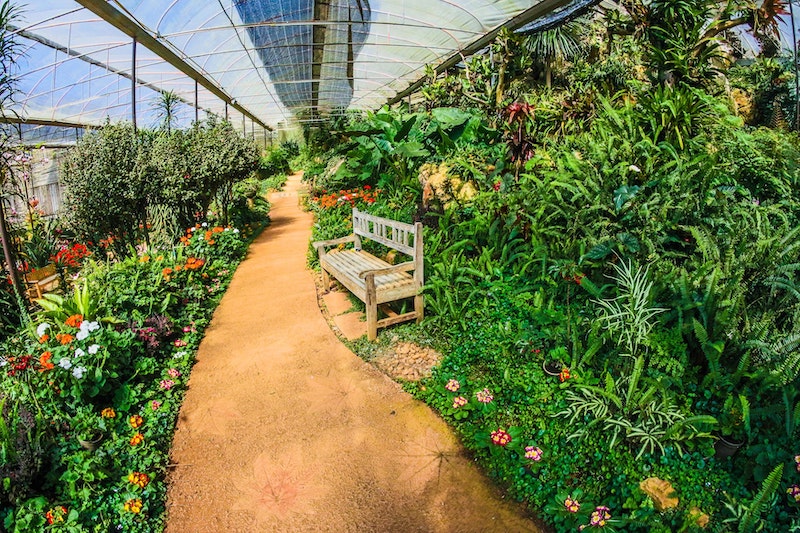Have you always wanted to really start working on your garden at home, but never really felt you had the time? Perhaps the events of the last few months have meant that you have looked at everything in your life with a fresh sense of perspective. Whatever the reason is that has led you to decide to pursue gardening now, if you are at a loss as to how you should get started, we are here to help.
Gardening can be incredibly rewarding, particularly when you are working on your own. If you want to make your garden cleaned faster then you should get sharpeners for your lawnmower blades. To give you help in getting started, check out Family Food Garden, you will find some great tips for gardening at home in the following post.
Decide What You Want to Plant
One of the first things you need to think about is what you are actually going to have in your garden. Are you looking to grow flowers or are you more interested in growing herbs and vegetables? If you are interested in flowers, you need to choose between whether you want to deal with annual bloom during summer but need replanting in spring or perennials that will return every year without needing to be replanted but do not have as long a bloom time.
If you are more interested in herbs and vegetables, you should think about the kinds that you and your family or household enjoy or at least are willing to try. If you like eating mushrooms, try growing your own using sterilized grain bags for mushrooms. You can also start with easy-to-grow species, but you have to select those that youUnless you have a lot of relatives and friends you could give them to, the last thing you’d want is harvesting a lot of vegetables and herbs you won’t actually use. If you aren’t sure what you want to plant or what would work best in your garden then the best solution is to check garden maintenance by Deltona arborists and ask them for their free gardening guides.
Whether you choose one type of plant or another, one thing you should try to do is keep things relatively simple for your first attempt.
Choose the Best Location
Once you know what you want to plant, you need to give some thought to where you are going to start growing them. The majority of flowers and vegetables need at least 6 to 8 hours of sunlight every day. Therefore, you need to look at your backyard over a day to determine the areas that receive the most direct sunlight as opposed to those parts that are always partially or fully shaded.
Although a shaded garden can make it trickier to grow things like tomatoes, you will still be able to grow other pretty and tasty plants.
Get an Expert’s Opinion
Gardening requires a lot of time and preparation. Never be too proud to ask for help if you’re just getting started as a gardener. For extra help in keeping your plants healthy, consider buying honey bees for your garden. An expert’s opinion will also allow you to work with bees safely.
Clear the Ground
Is your garden, or the part of your garden you are going to plant covered in a layer of sod, or weeds and grass? You need to clear this first before planting. The quickest way to do this is to basically cut out the sod using a spade. If you have more time on your hands, you could use a newspaper. However, to use this technique, you should start in the fall. Cover the section of your garden you want to plant in with five layers of newspaper, doubling that if you have St. Augustine or Bermuda grass. Then cover it with about 3 inches of compost or a mixture of topsoil and potting soil and let nature take its course.
After about four months, the compost and newspaper should have decomposed and underneath you will have a bed full of rich soil ready to plant in.
Improve and Work Your Soil
The better the quality of your soil and the fertility of your soil, the easier it will be to grow plants and vegetables. The easiest way to do this is by adding more organic matter, in the form of manure, dry grass clippings, decayed leaves, or more compost. Add around 2 to 3 inches of this and either leave it lying on the surface or work it into your bed if it’s new.
You’re not finished yet, because you still need to work the soil. This is important because it ensures roots will be able to penetrate through it and reach water and the nutrients they need more easily. This can be done by digging or tilling.
Once you have prepared your soil, you are now ready to start planting!

